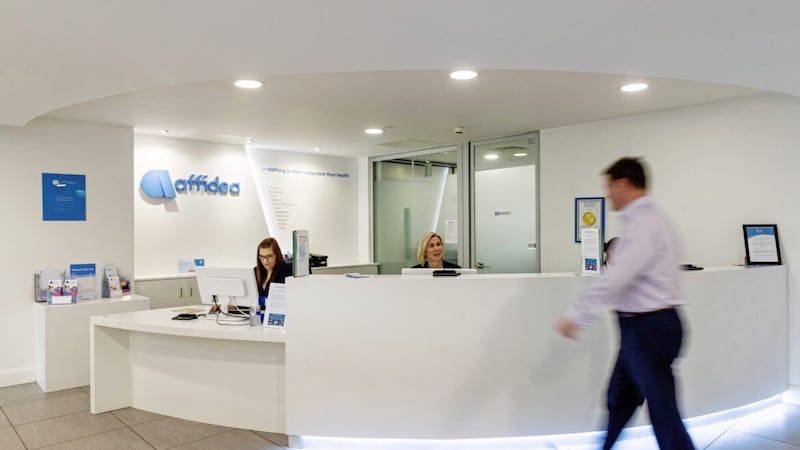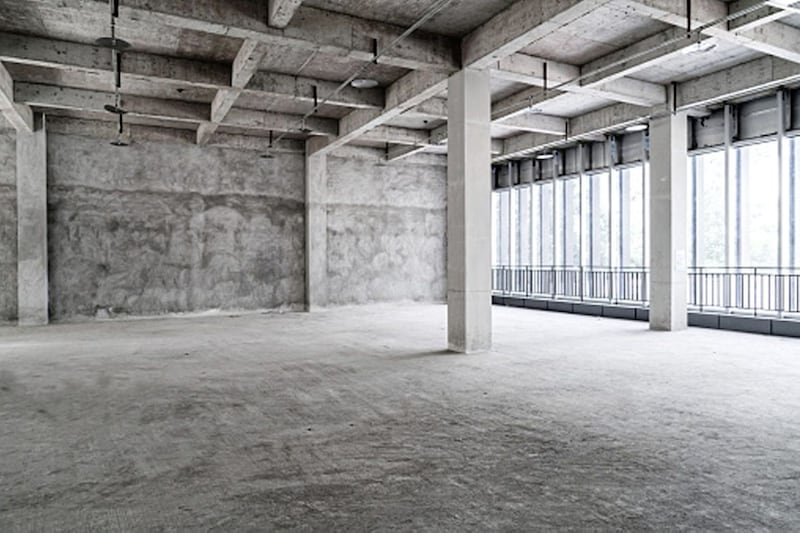A DECADE ago, the thought of robots replacing people in the workplace would have been a plot in a sci-fi movie. Fast forward ten years and we have witnessed a sharp increase in the number of automated machines and bots popping up on the workshop floor, most commonly in manufacturing.
Newly issued research from lovemoney.co.uk revealed that experts predict that this trend will continue to increase.
This supports the McKinsey and Company report from 2017, which indicated that by 2030, as many as 800 million workers worldwide could be replaced by robots. Industries set to see the highest rise in the use of robotic applications include those in retail sales, customer services, administration and warehouse work. Global retail giant Amazon currently has 30,000 robots working in warehouses worldwide and it has been predicted that within a decade, all employees who perform repetitive tasks will be replaced.
Advances in technology certainly offer up innovative and exciting opportunities for businesses. Investing in robots can increase productivity and provide greater financial returns, without the costly recruitment processes, wage demands, sickness or pension contributions.
It is worth noting, however, that a reliance on technology can also incur significant risks due to threats to security and exposure to hacking. With businesses becoming more and more reliant on automated technologies, it is crucial they put protective measures in place to avoid potential security breaches and therefore minimise exposure to risk. Measures can include establishing a risk framework, hiring chief robotics officers and most importantly, securing authorisation controls. The majority of features that robots possess have been programmed and are accessible. If a hacker overrides a business’s system, they can infiltrate and access sensitive data which may include customer information. This security and data breach could have a devastating impact for your business.
If you are considering investing in new technology such as robotics, we strongly recommend discussing it with your insurance provider first. Many small and medium-sized businesses in Northern Ireland are risking their own survival by inadvertently being underinsured. This is often due to a lack of knowledge on what your commercial insurance policy covers and indeed where the gaps in cover may be.
Depending on the industry you work in, specific insurance cover may need to be considered and the need for additional cover should be discussed.
It is important to discuss the consequences that your business may face if you experience a technological breakdown at the hands of a hacker. For example, have you got cyber cover in place? Have you reviewed your liability cover? Do you need Professional Indemnity?
If you have invested in new technology or equipment, does it need to be specified within sums insured and what impact will it have on your business interruption requirements? Will this investment and shift in resource requirements have an impact on your turnover, staff wages, business running costs etc?
This is just for starters! While continued investment in innovation and technology could be very lucrative in the long term for a business owner, you must ensure to take step back and review in great detail with your insurance provider the potential impact of this shift in resource on your commercial insurance cover.
:: Diane Johnston is head of SME at Autoline Insurance.









